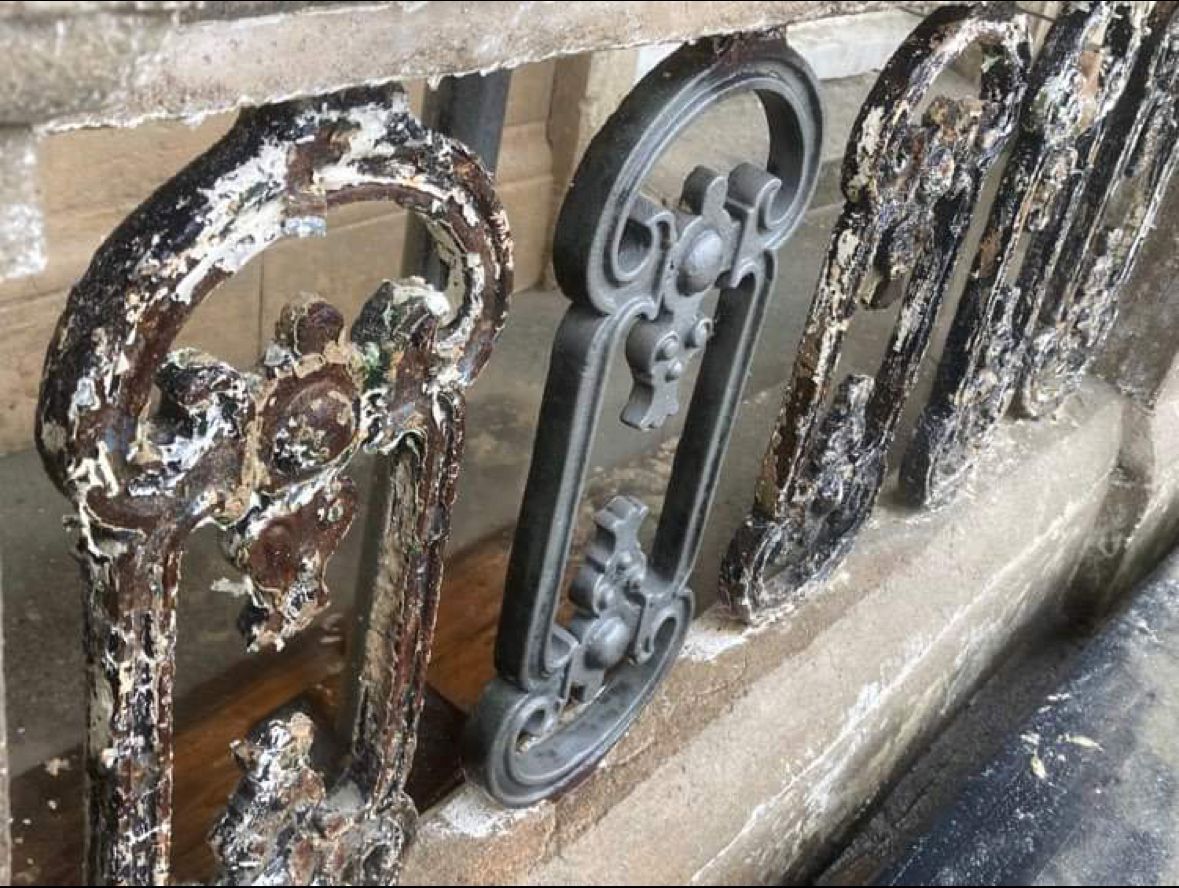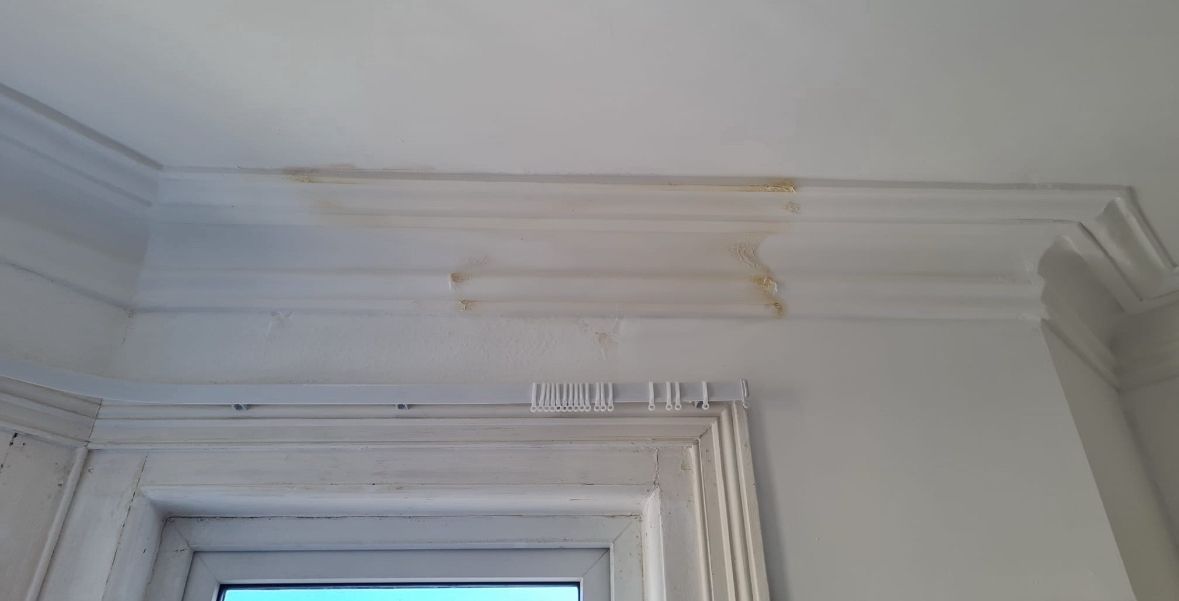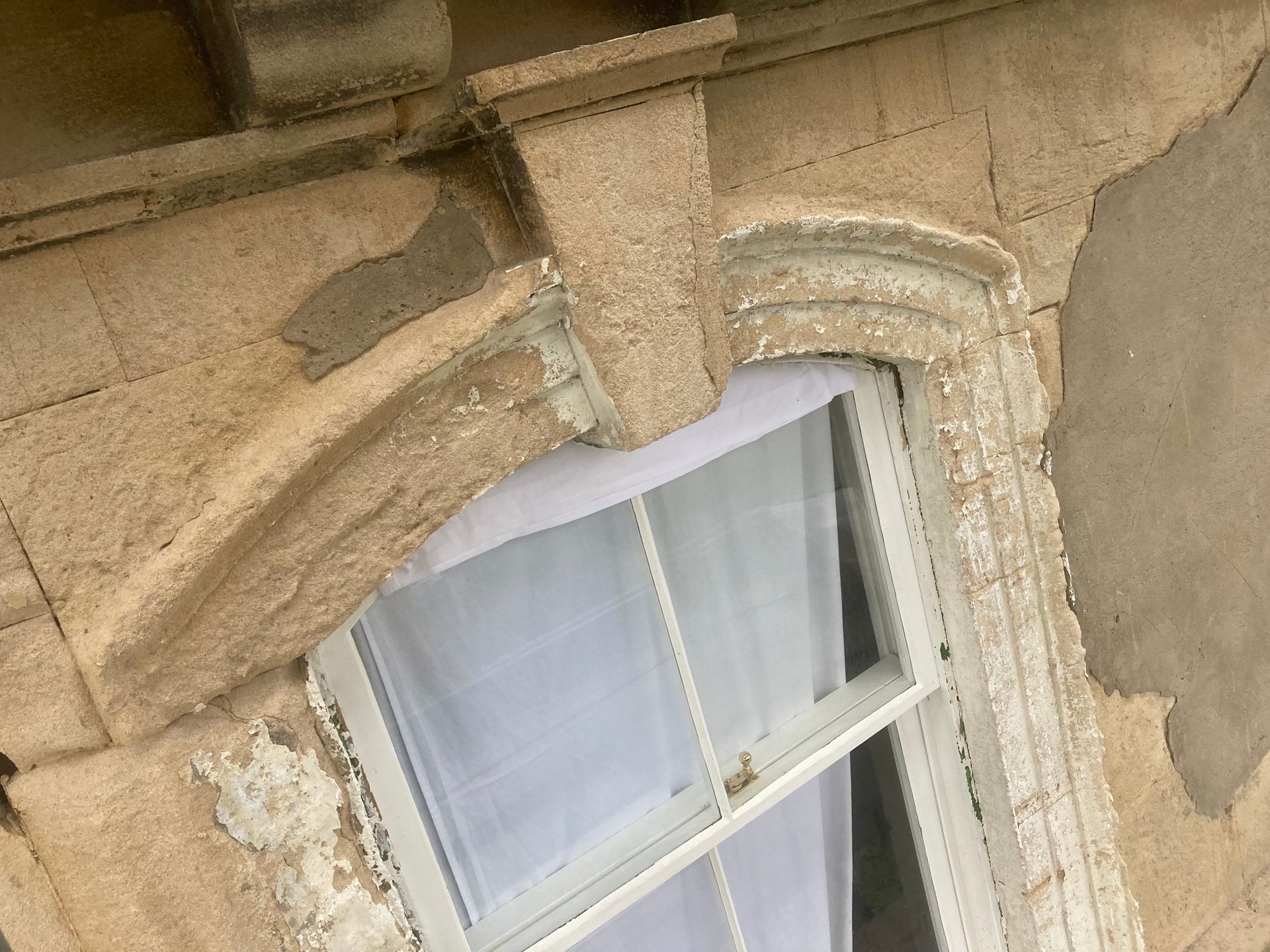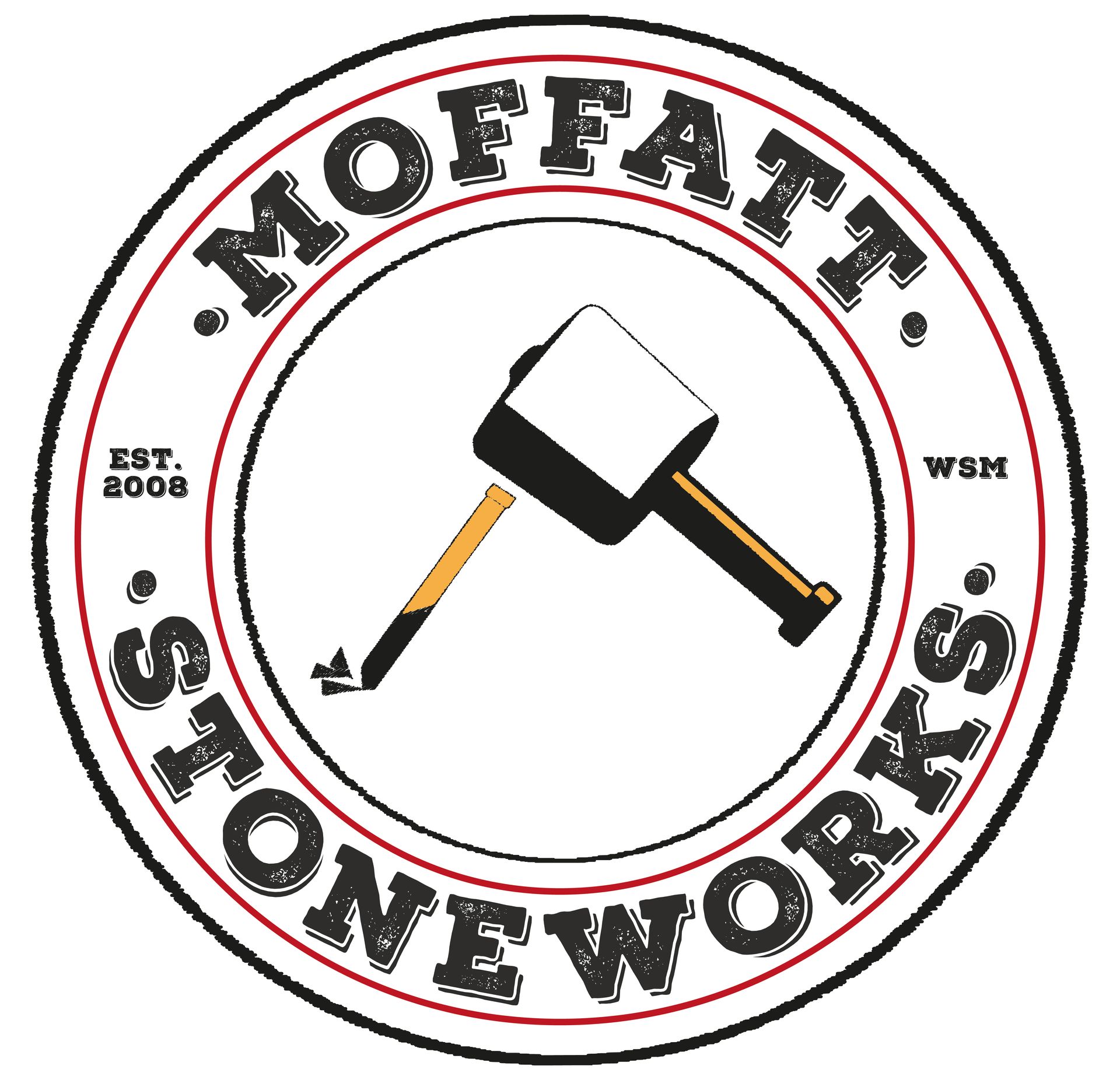By enquiries
•
April 4, 2025
At Moffatt Stoneworks, we fully recognise that preserving the integrity of listed buildings is a task that demands meticulous attention to detail and a deep appreciation for craftsmanship. This is especially true when it comes to the critical aspect of damp proofing. Our extensive expertise in stone carving and restoration uniquely positions us to address damp-related issues skillfully, all while upholding the architectural authenticity of these extraordinary historic structures. Our focus is on the importance of utilising traditional materials and techniques that not only protect the stone but also honor the building’s rich heritage. Trust Moffatt Stoneworks to safeguard your property’s legacy, ensuring a dry and secure environment that will be cherished by future generations. We understand the significance of these structures and are committed to preserving their beauty for years to come. Take a look below at the main points for you to consider when undertaking an work on listed buildings. Understand and Respect Regulations Listed buildings are protected by strict regulations (e.g., the Planning [Listed Buildings and Conservation Areas] Act 1990). Any intervention must be authorised and should not permanently alter the building’s character. Accurately Diagnose the Damp Issue Identify the source of moisture—whether rising damp, penetrating damp, or condensation. A thorough investigation (including moisture mapping and surveys) is essential before any remedial works are planned. 3 Choose Sympathetic, Reversible Treatments Use techniques that can be removed or reversed without causing damage. For example, modern damp proof membranes or cavity drain systems are designed to be minimally invasive and reversible, preserving the historic fabric. Maintain Breathability of Building Materials Historic structures were built with "breathable" materials (such as lime mortars, stone, and brick). Remedial measures should not seal up the building, as trapping moisture can exacerbate decay. Engage Specialist Expertise Work with contractors and surveyors who have specific experience with historic or listed buildings. Their expertise ensures that the chosen solution is both effective and sympathetic to the building’s heritage. Plan a Comprehensive Conservation Strategy Damp proofing should be part of a wider programme of maintenance and conservation. This means addressing related issues (like inadequate ventilation or external water management) to prevent recurrence. Document and Monitor Interventions Keep detailed records of all diagnostic findings, interventions, and materials used. Regular monitoring after treatment will help identify any future issues early, ensuring the long-term preservation of the building. Consult with Conservation Officers Liaise with local heritage bodies or conservation officers to ensure that any proposed works meet both technical and heritage requirements, thereby avoiding any potential conflicts with preservation policies. Balance Preservation with Practical Performance While the primary goal is to protect and preserve historic fabric, the practical aspects of ensuring a dry, healthy, and safe building environment must also be met. Expertise from both conservation and building performance fields is key.





